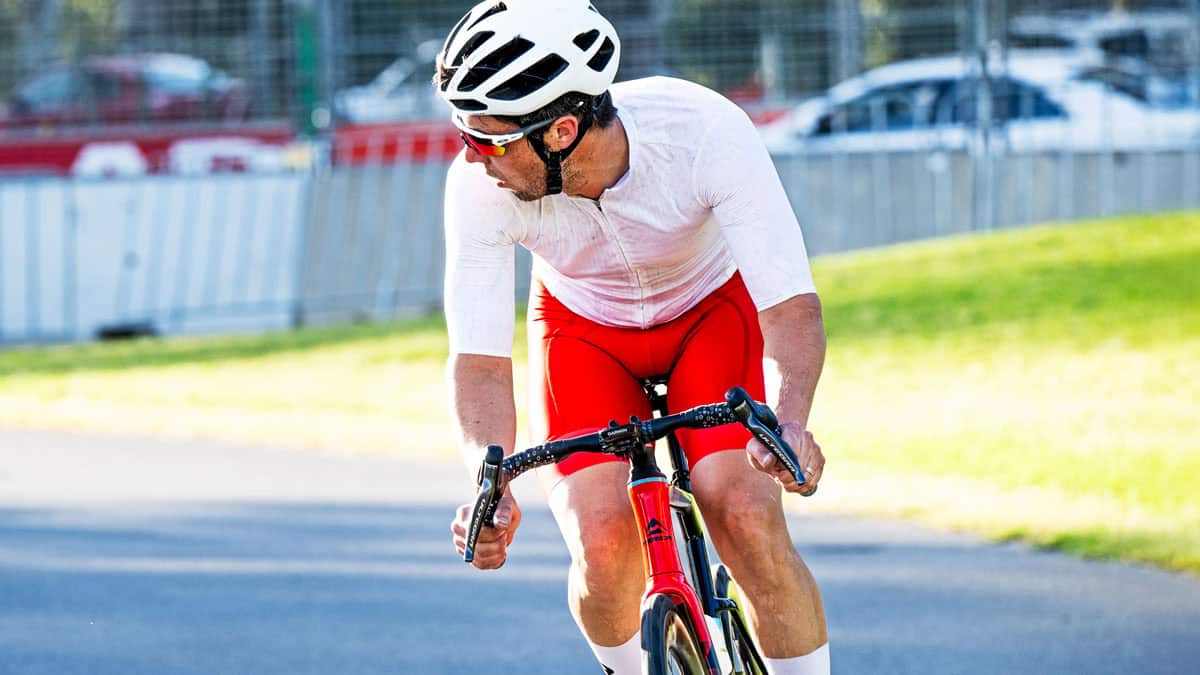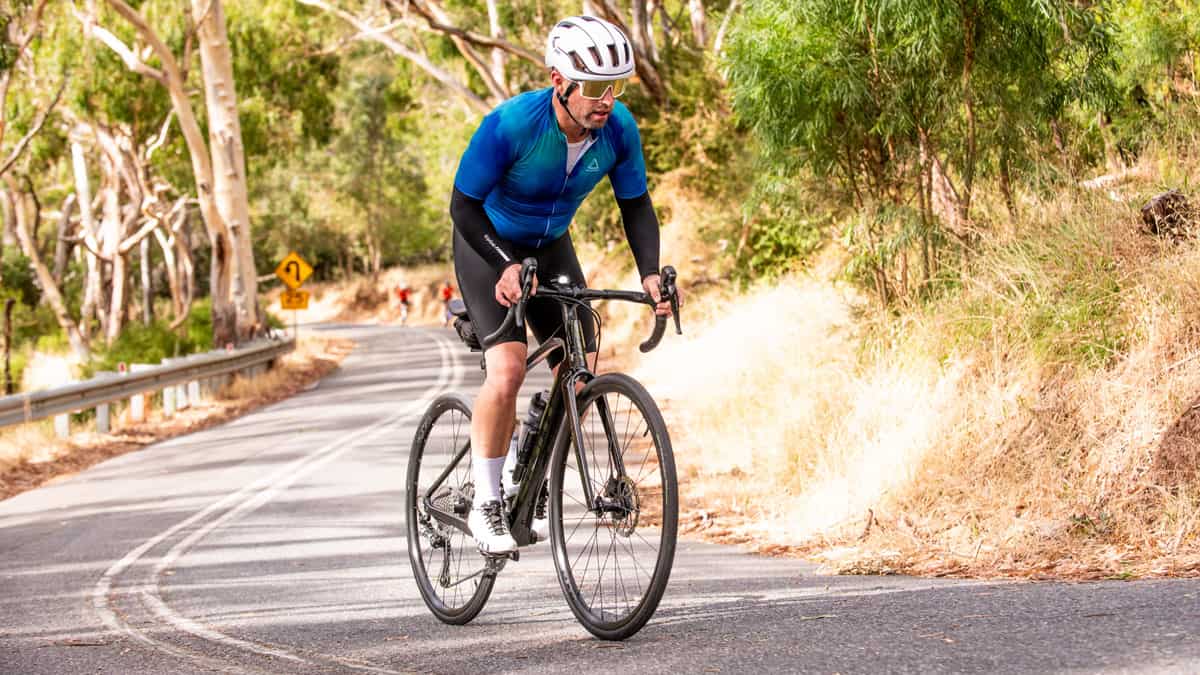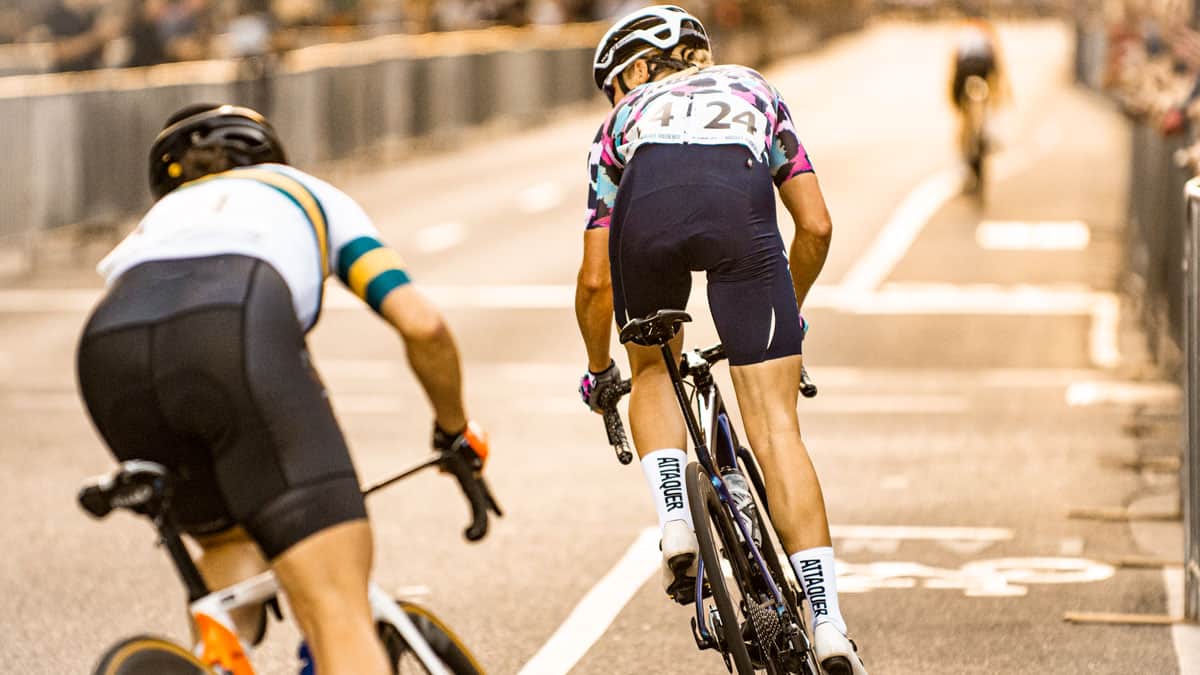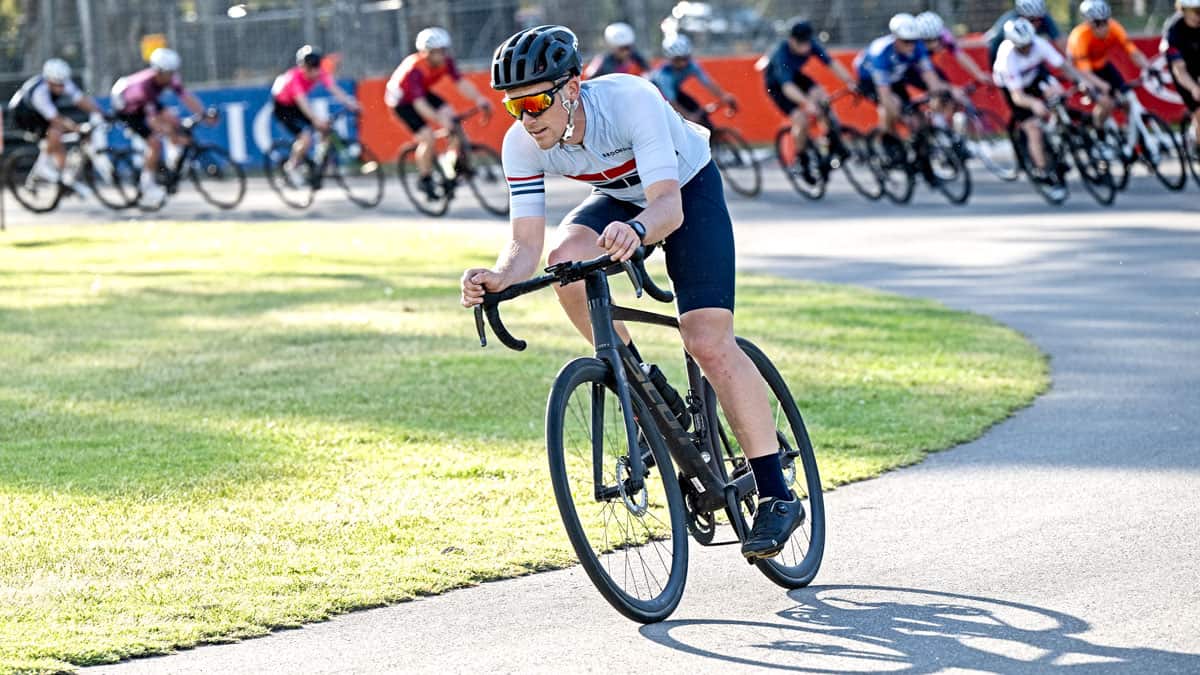In this video we cover off: Three important things to better your hill climbing, cadence and hill climbing, how to workout your max heart rate on the bike.
In this video we talk about:
00:28 – Three important things to better your hill climbing
02:28 – Cadence and hill climbing
03:41 – How to workout your max heart rate on the bike
Video Transcript:
Hi, welcome to Cycling-Informs weekly update. My name is David Heatley and here’s what were going to be covering in this weeks tips.
Ill be talking about some questions that we’ve had on our Facebook fan page and also talking about how to calculate your max heart rate but first don’t forget to follow us on Twitter and like us on Facebook.
So here are your Facebook questions answered.
Kevin has asked me the question, How do you climb better? Now that’s a question I get asked a lot and the first thing I say to people is lose weight. If you’re carrying a few extra kilograms, then if you’re able to lose those you’ll climb better regardless of any improvement in your fitness. Losing weight is one of the key things you can do to help improve your climbing, but how about developing your climbing fitness?
There’s two things that you really need to work on in improving your climbing ability and one is managing the torque that you’re having to develop while climbing. Now this is different from riding along the flats. When you’re riding along the flats you’ll be doing 100 RPM and generally the torque will not as high as if you’re climbing. Ive mentioned this before in a few of my other video tips so its important that you do get out and climb. If you’re not able to do that then riding into a strong headwind at a lower cadence, somewhere around 60 or 70 RPM can help with your hill climbing. I’m not saying that you should do that all the time because you still need to work on your technique and stuff, but that is quite a good substitute if you don’t have some really good hills around your area.
The other thing I recommend and its something that we work on all the time while coaching clients is developing your intermediate muscle fiber. This is the muscle fiber that has endurance qualities as well as good power qualities. Its not obviously as enduring as an endurance fiber and its not has powerful as our really strong powerful muscle fibers, but its an intermediate fiber and it develops good qualities in both of those aspects. How we do this is we work on doing intervals and doing rides out on the road at threshold, so around sort of the bottom end to the top end of E3 in your heart rate zone, and also in your power zones.
If you don’t know what E3 is on a heart rate or a power zone, check out our website. We’ve got some fantastic information and in fact we do have a free download, [this] free report that discusses power and heart rate zones so its available on our website as well. Around the cadence, now cadence is a subject that I like talking about.
What I will talk about here is that with obviously hill climbing is related gear ratios and a lot of people are migrating over to compact cranks. The reason for migrating over to compact cranks is that they give you the ability to ride up hills at a high cadence. That helps save your legs because just like the same reasons that you go to a gym and lift a heavy weights, you rely more on your strength rather than your cardiovascular fitness to drive you up the hill. By riding on compact cranks it helps keep your cadence reasonably high.
Now with cadences that were talking about here around the sort of 75+ cadences. If you don’t have the proper gearing then you might find that this cadence may drop to 60 or 65. There’s nothing wrong with that as long as you’ve got the strength to drive over it, but for the longer climbs its important that you keep cadence really high and I recommend people ride around the 70 to 75+ cadences on climbs, if they’re longer climbs.
Calculating max heart rate
Now Ive got a great couple of articles on this on my website on how to calculate max heart rate. I give specific protocols that we use for calculating max hear rate but there are a couple of simple ways of doing it. The first one is that you can go through your cycling data and just pick out what your max heart rate has been in the last three or four months. Youll need to make sure that your max heart rate is an accurate max heart rate because sometimes heart rate monitors do get a bit glitchy, especially when you are riding around power poles and big overhead wires. They sometimes get a little bit glitchy and they throw out some fairly random numbers that are quite large. Generally you want to look for some consistent max heart rates, so that’s one way of getting your max heart rate, a very simple way of course.
Another way of getting your max heart rate and its one of the protocols, is that you would get onto a climb that has three levels or a shorter climb and you would sprint up to the first part of that climb, relax a little bit, sprint up to the next part of the climb, relax a little bit, and then do the final sprint and on that third final sprint you’ll be pretty tired and you should see your max heart rate come up. Obviously, you don’t want to do that straight out of your driveway. You want to warm up first for about 20 minutes and you may have to do it a couple of times to get that intensity built up before you hit your max heart rate.
The other area that I see max heart rates is in criterium racing. Usually in the last three laps you’ve got enough intensity built during that period and then if you sprinted at the end you’ll pretty much see your max heart rate or something pretty close to it.
There you go, there’s three ways of getting your max heart rate, I hope they help.





Leave A Comment